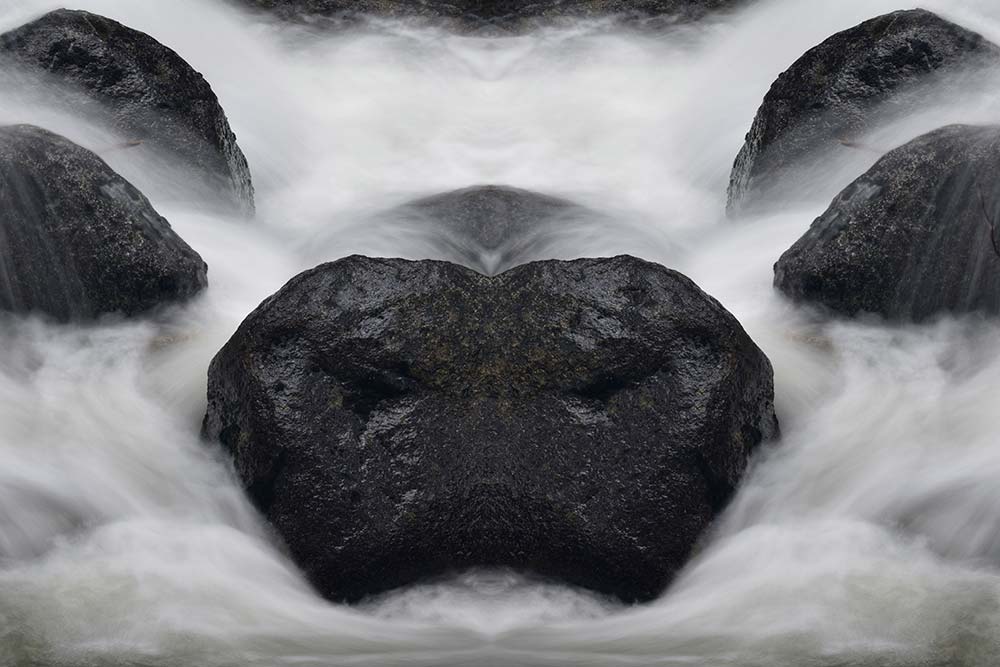
The usage of filters can be a great way to add life and energy into a project. You might wish to take a look at the kinds of photography filters that you can use for nature shots in particular. Here are some ideas to help you make a more positive choice of filters, from polarizers to graduated to neutral density filters.
Reduce reflections using polarization
A common problem with nature-specific shots is that you might have problems with reflections (especially water shots). Reflections can make it hard for the photo to have a clear focus, creating too many points of reference to be truly enjoyed by the viewer.
Instead, using a polarizing filter and you can help to reduce the impact of the reflections. This will make sure that wet ground and rocks can look more natural and thus stand-out. It also means you may be able to see into the water with more depth than if you simply had a skylight filter on your lens.
Polarize the sky
A good way to use a polarizer is for the sky. A polarizing filter is a brilliant way of making the sky really stand out, as it allows for you to darken the sky and add contrast between it and the clouds.
In addition, a polarizer will help to reduce the impact of the haze and leave the sky looking beautiful and blue once again.
You could also look to use a graduated filter to help make the sky look a bit more powerful. If you feel like the sky is too bright and washed out, then a graduated filter will help to make sure the sky is a bit darker and more striking and leave the rest of the scene and exposure intact.
Neutral density filters for motion
When you want to take a photo of a sky above a landscape, for example, you might wish to capture the idea of the day passing by. Motionless clouds can make that harder to showcase, which is why using a neutral density filter can be useful if you wish to change that. By using this kind of filter, you can leave the shutter open a longer time and the clouds will have a dreamier looks as a motion blur will occur in while leaving the landscape sharp and motionless.
One of my favorite ways to use a neutral density filter, however, is with moving water such as a stream or a waterfall. If you’ve looked through the images on my website or Instagram account you’ll see many “dreamy” waterfalls and streams where I’ve used a neutral density filter and left the shutter open for a second or more.
Like many other photographers, I enjoy this effect even though it usually means I have to schlep my tripod into the deep woods and crawl over boulder, trees and whatnot in order to get a premium shot.
These simple little tricks, I’ve outlined, can be used to help make nature photography a bit more beautiful. Given the importance of the sky and water when it comes to creating nature-specific photography, this should help you to make it look darker, brighter, or more in-motion, whatever you feel your project needs. Now, put on a filter and get out there – nature is calling!
